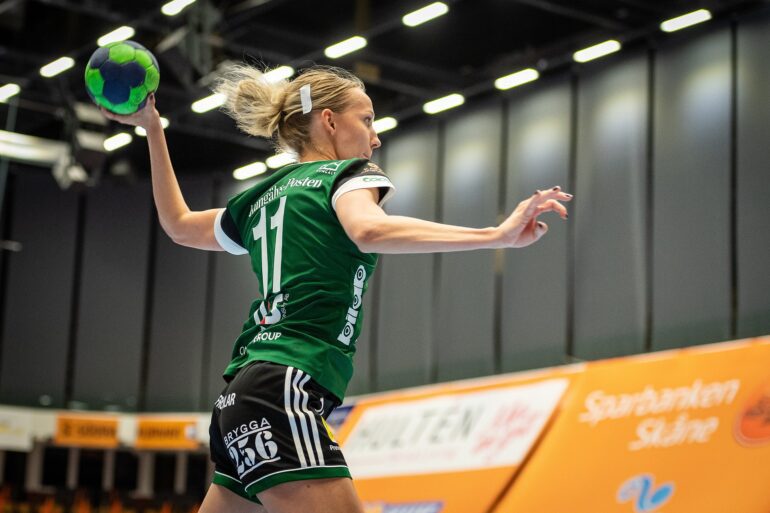TL;DR:
- Elite athletes benefit from AI technology in training and performance analysis.
- AI-driven systems instantly track player movements, body position, velocity, and more.
- Tech giants like Microsoft collaborate with sports organizations to analyze and improve athletes’ performance.
- Intel’s 3D Athlete Tracking (3DAT) creates 3D models for precise performance optimization.
- The NFL utilizes AI to track player data, prevent injuries, and enhance performance.
- Digital twins, like Des Linden’s virtual heart, offer personalized insights for training.
- AI aids in meal planning for athletes through apps like Notemeal.
- This AI-driven transformation promises to maximize athlete potential and safety.
Main AI News:
In the realm of elite athlete training, the convergence of cutting-edge technology and human performance has taken center stage. From the ancient Olympians seeking advice from gymnastes to today’s athletes preparing for the Paris Games, the pursuit of excellence remains unchanged – faster, higher, stronger. However, the modern era benefits from a profound ally: Artificial Intelligence (AI).
Across the United States Olympic and Paralympic Committee’s National Governing Bodies and beyond, AI is becoming an integral part of athlete development. By harnessing AI technology, coaches and trainers are now equipped with the power to instantaneously decipher player movements and ball positions, revolutionizing the way sports are analyzed and enhanced. Through a suite of software tools, they delve into intricate human performance metrics such as body position, velocity, speed, and timing, all in real-time, right on the field.
Mike Levine, Director of Performance Innovation Business Operations at the USOPC, describes this transformation: “Utilizing advances in AI and computer vision, we’ve been able to track and study personalized analytics from a variety of sports to determine the strengths and deficiencies in an athlete’s movement and help them make data-informed training and competition plans that can help them improve their performance, as well as their own health.”
But it’s not just the governing bodies; tech giants like Microsoft have joined forces with organizations like USA Surfing. They utilize AI to analyze surfers’ movements, surfboards, and waves, identifying areas for improvement. This marriage of technology saves countless hours of video analysis, offering higher-quality data that can significantly elevate an athlete’s performance.
A prime example of this AI-powered revolution is Intel’s 3D Athlete Tracking (3DAT). This commercial application employs sensor-less motion capture and digital video to construct three-dimensional models of athletes, from head to toe. The resulting insights help trainers fine-tune and enhance an athlete’s performance in ways previously unimaginable. The ability to see how athletes move and detect nuances invisible to the human eye has redefined the limits of human potential.
In the world of American football, Exos, a coaching company in Scottsdale, Arizona, employs 3DAT to analyze the 40-yard dash and enhance players’ speed. This technology doesn’t just capture data; it constructs personalized skeletal models for immediate review, enabling trainers to provide precise feedback and guidance.
Meanwhile, the NFL is also tapping into AI and computer vision through its Digital Athlete program, developed in collaboration with Amazon Web Services. Sensors and cameras capture data on training and game activity, while AI and machine learning systems track speed, collisions, blocks, and tackles. This wealth of data allows teams to understand their players better, tailor training and recovery routines, and prevent injuries more effectively than ever before.
Perhaps one of the most exciting developments is the emergence of digital twins in elite athlete training. Tata Consultancy Services, in partnership with Dassault Systèmes, has created a digital twin heart for Olympic marathoner Des Linden. This virtual replica, generated from AI-analyzed data from CT scans and MRIs, simulates heart rate, blood flow, and oxygen levels. It provides invaluable insights to optimize training and performance, ushering in a new era of precision and efficiency.
Furthermore, AI isn’t limited to the physical aspects of training. Alicia Glass, a senior sports dietitian for the USOPC, utilizes an AI-powered app called Notemeal to design tailored meal plans for athletes. This app streamlines the process by generating individualized meal plans based on a wide array of data, ultimately helping athletes make more informed choices regarding their nutrition.
As we venture into this AI-driven frontier, elite athletes, like Des Linden, are embracing the potential it holds. The fusion of technology and personalized training is poised to usher in an era of unprecedented performance gains while safeguarding athletes’ well-being. For those competing on the world’s grandest stages, there’s no turning back from this exciting and transformative journey.
Conclusion:
The integration of AI into elite athlete training is poised to revolutionize the sports industry. It enables unprecedented levels of performance enhancement and injury prevention, ensuring athletes can achieve their best while maintaining their well-being. This technological shift presents significant opportunities for companies specializing in sports technology and analytics, as the demand for AI-powered solutions in the sports market continues to grow.

